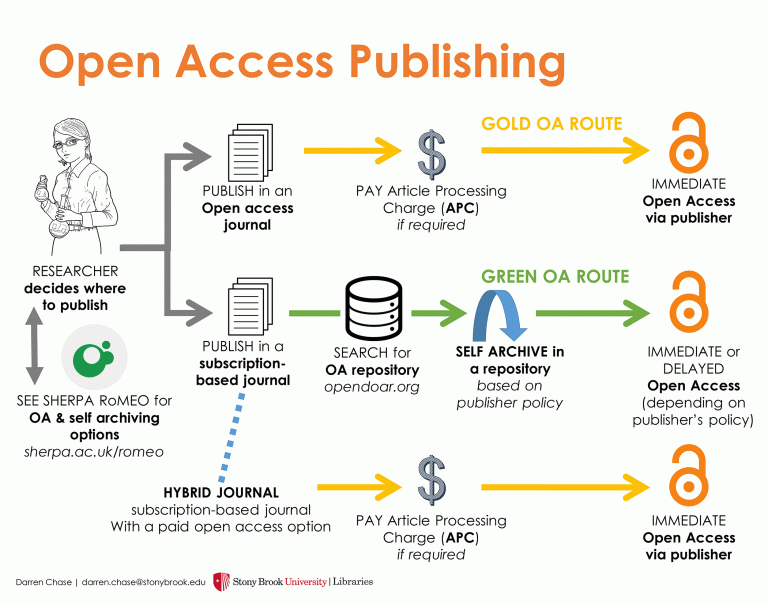Open Access is a publishing model where research is made freely available online for people to read and reuse. Open access (OA) refers to freely available, digital, online information. Open access scholarly literature is free of charge and often carries less restrictive copyright and licensing barriers than traditionally published works, for both the users and the authors. OA is a newer form of scholarly publishing, and many OA journals comply with well-established peer-review processes and maintain high publishing standards
In addition to being a type of publishing, open access is a movement that is transforming the traditional model of scholarly publishing and working to create a new mode of scholarly publishing that is more equitable, more beneficial to society, and promotes scientific transparency and rigor. Through unrestricted access and use of scientific articles, OA eliminates the barriers that prevent research from becoming actionable knowledge that improves society.

Open Access has many benefits to both the researcher and the public, these include:
The author publishes their work in an open access journal that allows free access to the article immediately upon publication. Journals are peer-reviewed, are easy to find, and allow authors to retain copyright. Gold OA journals sometimes, but not always, charge authors article processing charges (APCs) to publish open access. This is most common when publishing in "Hybrid" journals, where some articles are made open-access in a non-OA journal.
The author makes a version of the article made publicly available in an online repository. This is often called "self-archiving" your work. These repositories can be subject-based (such as MedRxiv), or be specific to a single research institution. Articles can be preprints (not peer-reviewed) or postprints (peer-reviewed), depending on the repository and article in question. Contact the library if you would like assistance understanding if you can archive your published work.
Diamond or platinum OA refers to scholarly journals that are free for readers to access and there are no article processing charges (APCs) for authors. These journals are supported by institutions, national or regional infrastructures, or are community-driven. A good example of a diamond OA platform is the the Open Library of Humanities.
